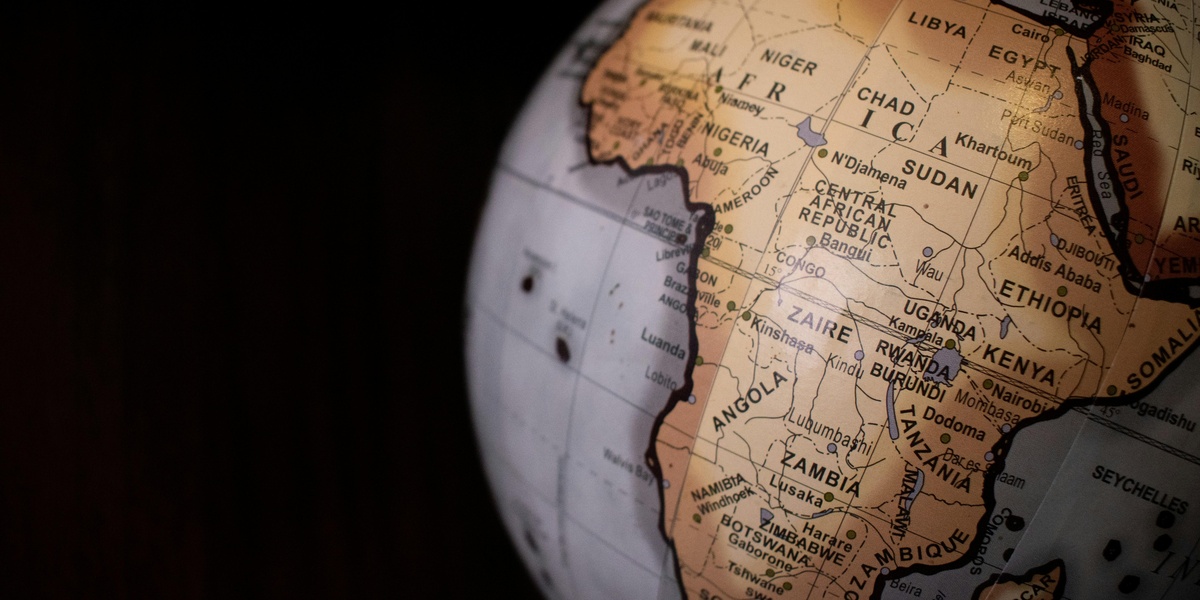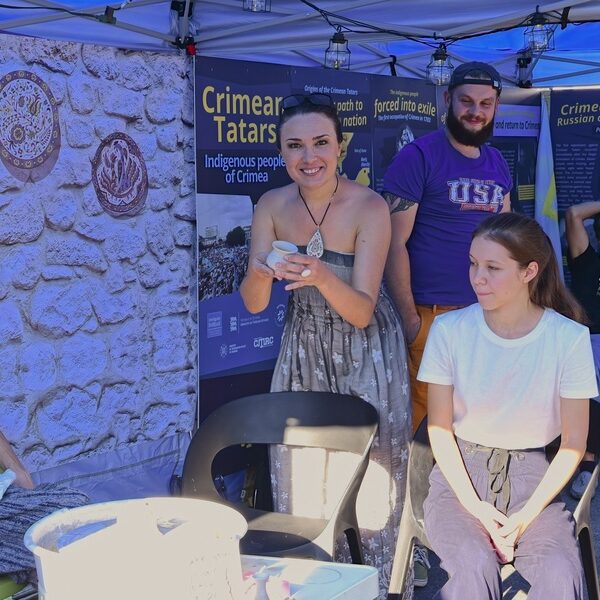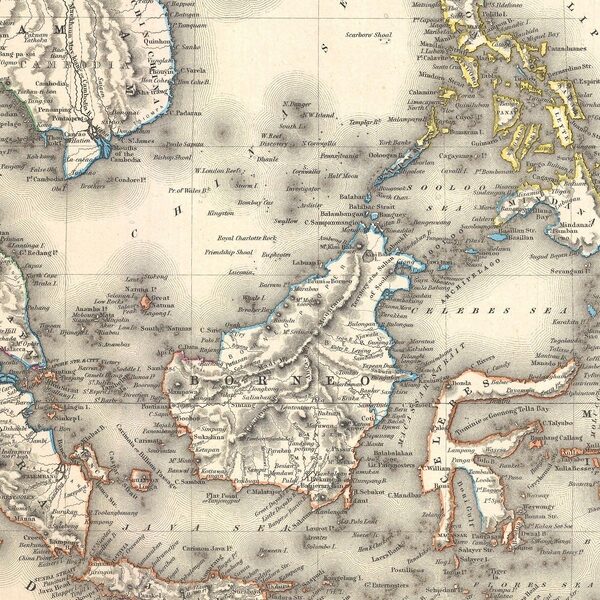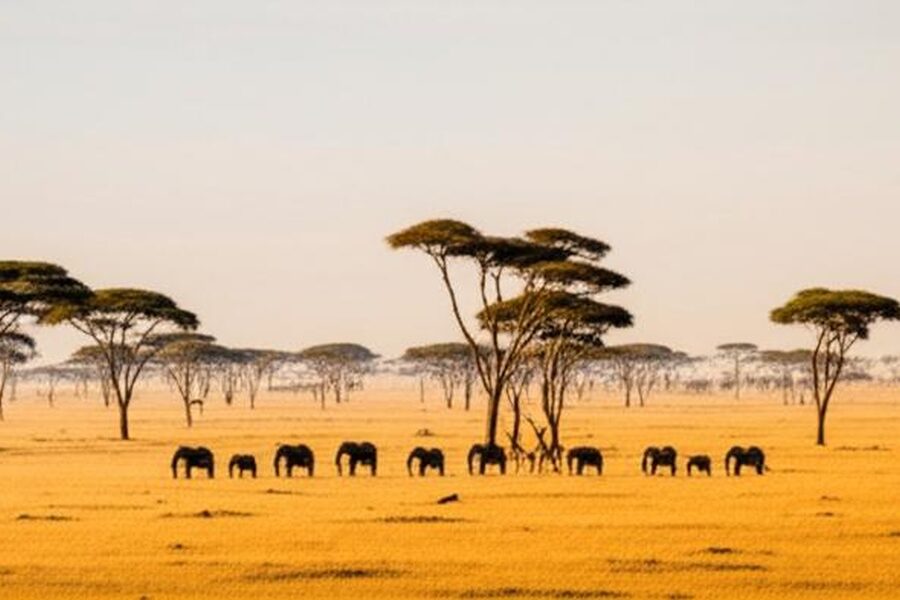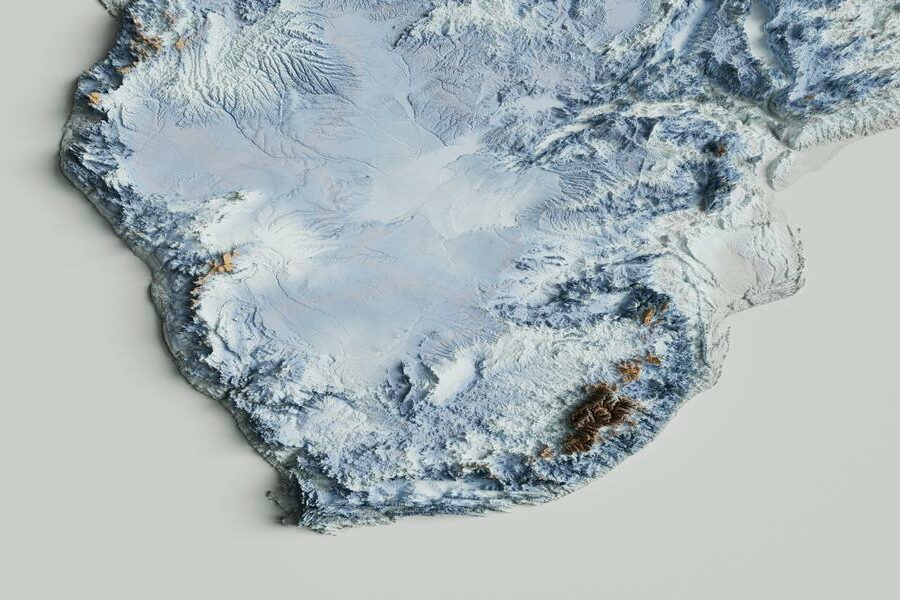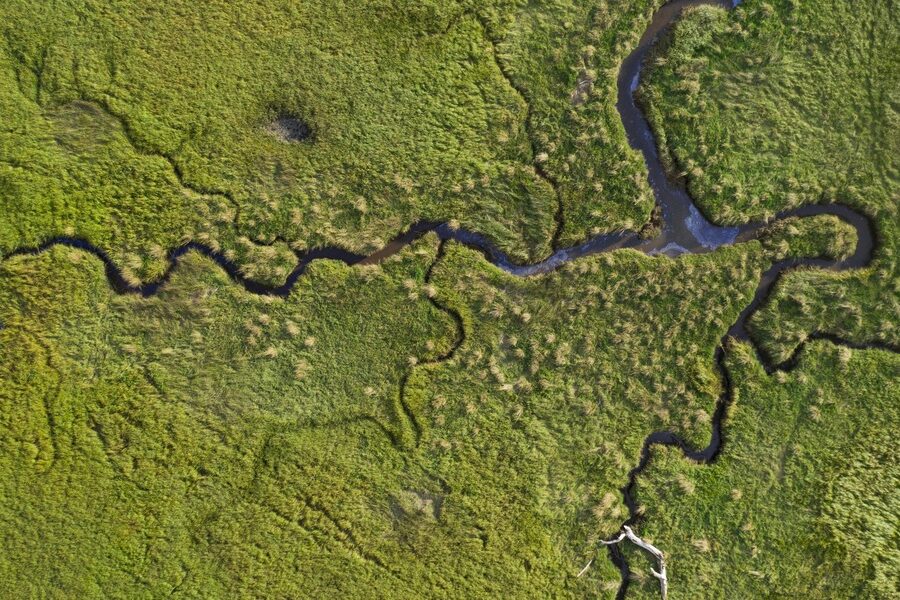North Africa and parts of the Sahel and Horn are shaped by centuries of trade, migration, and shared history, so Arabic is woven into daily life, government, and media across a wide area. Knowing which countries use Arabic helps travelers, researchers, and language learners set expectations before visiting or studying the region.
There are 13 Arabic-speaking Countries in Africa, ranging from Algeria to Tunisia. For each country, data are organized as Flag (emoji), Arabic status, Meaning — you’ll find below.
How did you decide which countries to include?
Entries are based on official recognition of Arabic, significant Arabic-speaking populations, or strong institutional use (government, education, media). Where a country has mixed languages, the list notes the specific Arabic status rather than implying exclusivity.
Do the countries on the list speak the same form of Arabic?
No — varieties differ widely: Maghrebi dialects in North Africa, Egyptian-influenced forms in some media, Sudanese and Sahelian varieties elsewhere, and Modern Standard Arabic for formal contexts. The Meaning column helps clarify which form or role Arabic plays in each country.
Arabic-Speaking Countries in Africa
| Country | Flag (emoji) | Arabic status | Meaning |
|---|---|---|---|
| Algeria | 🇩🇿 | official | from ‘al-Jazā’ir’, the islands |
| Morocco | 🇲🇦 | official | from ‘Al-Maghrib’, the west |
| Tunisia | 🇹🇳 | official | named after its capital, Tunis |
| Libya | 🇱🇾 | official | from ancient Libya, regional name |
| Egypt | 🇪🇬 | official | from ancient ‘Aegyptos’; Arabic ‘Misr’ means country |
| Sudan | 🇸🇩 | official | Arabic ‘bilād as-sūdān’ meaning ‘land of the blacks’ |
| Mauritania | 🇲🇷 | official | from ancient ‘Mauretania’, land of the Mauri |
| Chad | 🇹🇩 | co-official | named for Lake Chad, possibly ‘large expanse’ |
| Somalia | 🇸🇴 | co-official | named for the Somali people/land |
| Djibouti | 🇩🇯 | co-official | from local Afar/Somali words, exact meaning debated |
| Comoros | 🇰🇲 | co-official | from Arabic ‘al-Qamar’, the moon |
| Eritrea | 🇪🇷 | nationally recognized | from Greek/Latin ‘Erythraia’, ‘red sea’ |
| South Sudan | 🇸🇸 | widely spoken | literally ‘south of Sudan’ |
Images and Descriptions
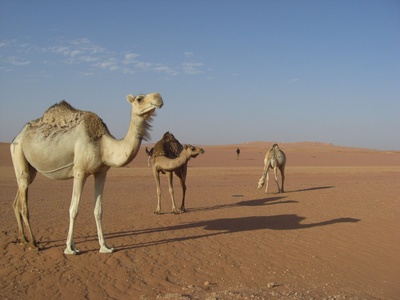
Algeria
Modern Standard Arabic is the official language; Algerian Arabic (Darja) is spoken nationwide alongside Tamazight. Arabic appears in media, education and government vocabulary. Notable: Algerian Arabic includes many Berber, French, and Ottoman loanwords.
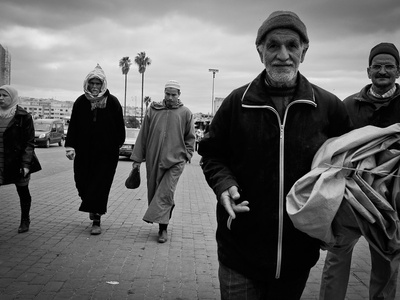
Morocco
Modern Standard Arabic is official while Moroccan Arabic (Darija) is the everyday spoken tongue across cities and countryside; Tamazight is co-official. Notable: Darija features heavy Berber, French and Spanish influences and differs markedly from MSA.
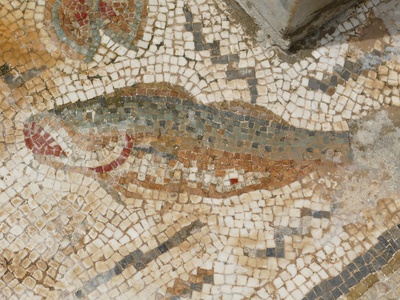
Tunisia
Modern Standard Arabic is official; Tunisian Arabic (Derja) is the colloquial language used daily, especially in coastal cities. Arabic is central in media, education and identity. Notable: Tunisian dialect has strong French and Maltese influences.
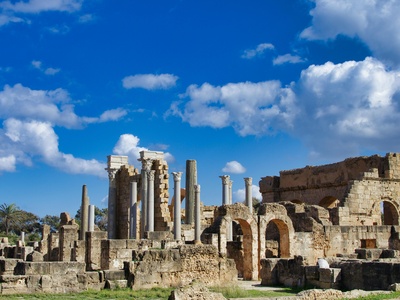
Libya
Modern Standard Arabic is official; Libyan Arabic dialects (Tripolitanian, Cyrenaican, Fezzanese) are spoken regionally. Arabic dominates government, media and daily life. Notable: Italian colonial legacy affected vocabulary in urban dialects.
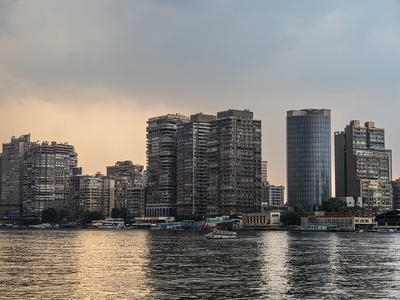
Egypt
Modern Standard Arabic is official; Egyptian Arabic (Masri) is the most widely understood dialect across the Arab world, dominating media, film and television. Notable: Egypt’s cultural exports have spread its dialect widely.
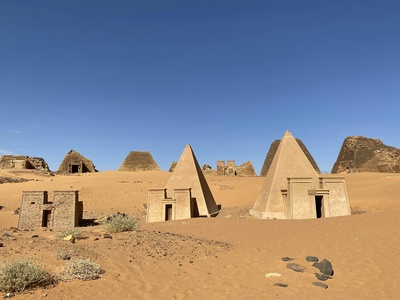
Sudan
Arabic is the primary lingua franca and official language; Sudanese Arabic is widely used in cities and rural regions. Modern Standard Arabic governs formal writing and education. Notable: Sudan’s Arabic varieties reflect Nubian, Beja and regional influences.
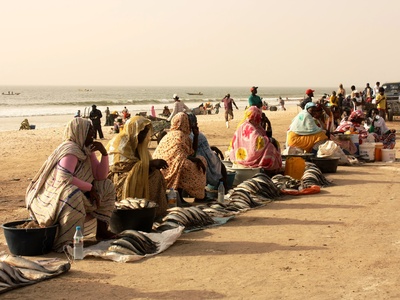
Mauritania
Arabic is official with Hassaniya Arabic spoken by the majority across the country; Modern Standard Arabic used in religion and some administration. Notable: Mauritania’s Arabic culture blends Saharan Berber traditions and Bedouin heritage.
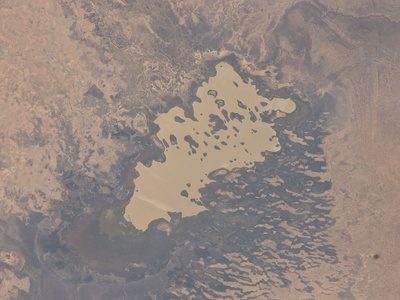
Chad
Arabic is co-official with French; Chadian Arabic serves as an important lingua franca in towns, markets and interethnic trade, especially in the south and east. Notable: Chadian Arabic differs substantially from North African dialects.
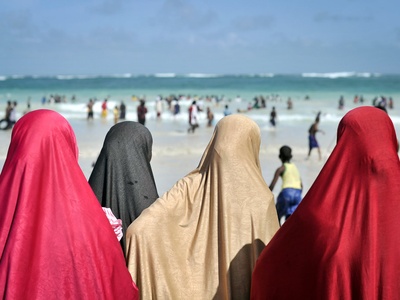
Somalia
Arabic is official alongside Somali; Modern Standard Arabic taught in schools and used in religion and diplomacy. Somali Arabic dialects and Gulf influences occur in coastal trade communities. Notable: Arabic proficiency is common due to religion and historical trade links.
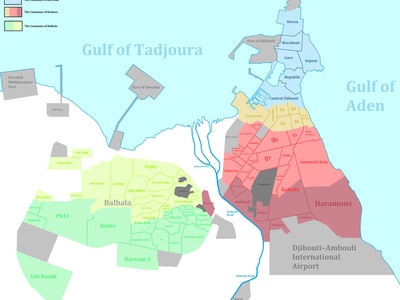
Djibouti
Arabic is co-official with French; it is used in religious life, regional media and by some Afar and Somali speakers in urban areas. Notable: Djibouti’s Red Sea location connects Arabic to trade and migration to Arabia.
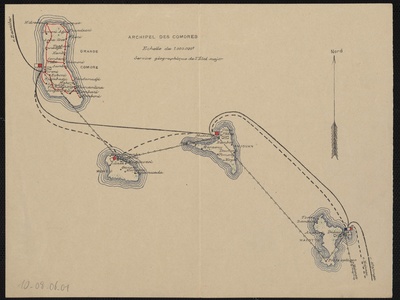
Comoros
Arabic is one of the official languages and used in religious education and liturgy; Comorian (Shikomori) is spoken widely. Notable: Arabic script and Islamic culture influenced Comorian identity and ties to the Swahili-Arab trading world.
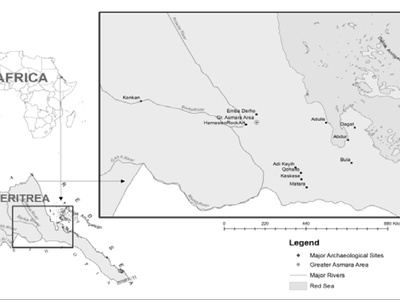
Eritrea
Arabic is nationally recognized and used as a working language in some government, coastal and Muslim communities; Tigre and Tigrinya also dominant. Notable: historical Red Sea trade brought Arabic influence to Eritrea’s ports.

South Sudan
Juba Arabic and other Arabic-influenced pidgins are widely used as lingua francas in urban areas and among some ethnic groups; English is official. Notable: Juba Arabic blends Arabic, local languages and English elements.

